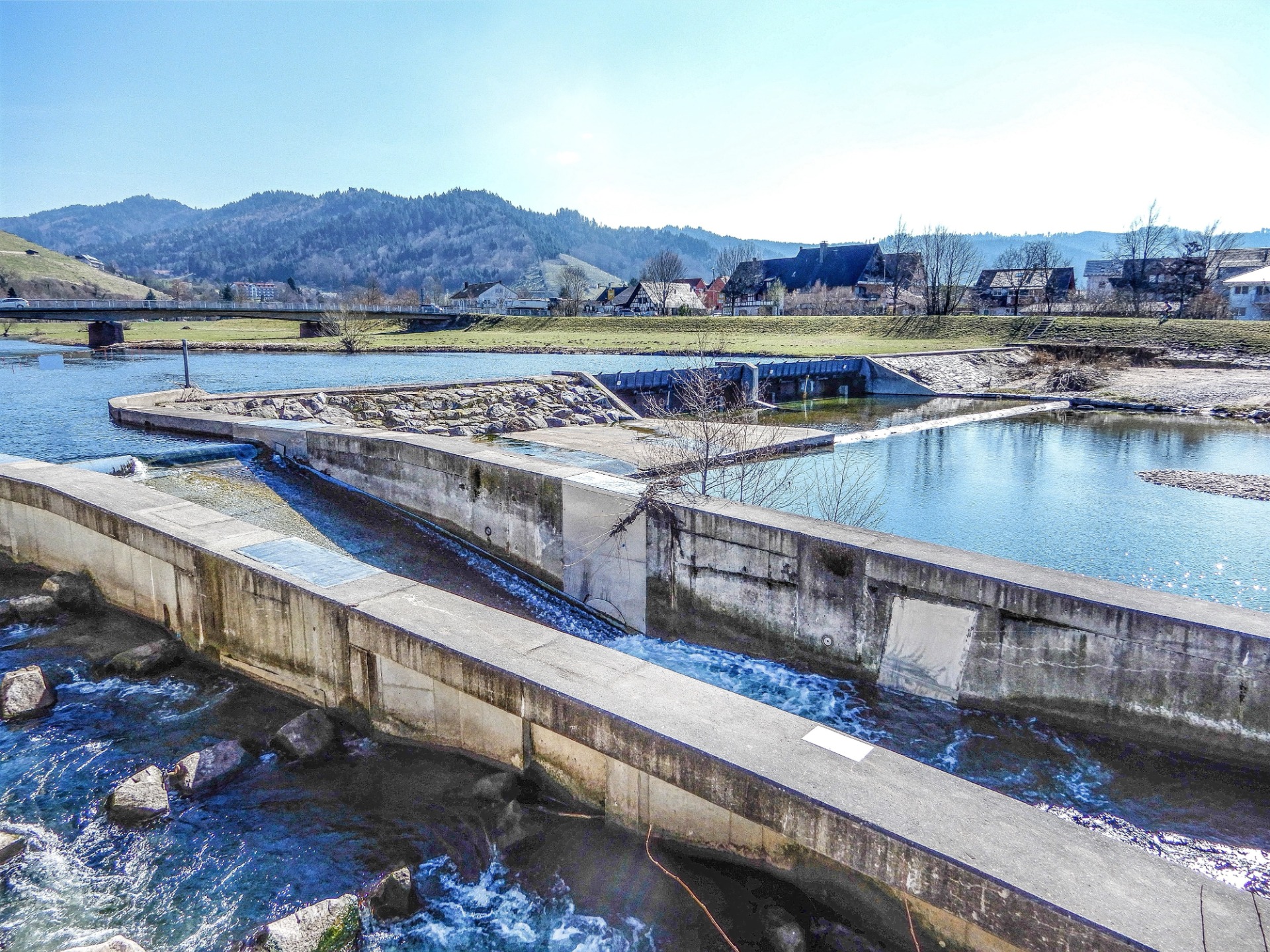Environment Policy
VASTYTEX has been paying attention to environmental subject for the long time and with the mission of being a member of the earth, we are committed to controlling and reducing the impact of corporate operations on the natural environment.
Waste Management Policy
VASTYTEX recognizes that the generation in which lives is facing various challenges, such as climate change, environmental pollution, ecological imbalance, soil degradation and health hazards. In the past, we always used GDP to measure growth, and ignored the costs behind growth. In order to redefine growth, we will take circular economy as the biggest consideration in the choice of materials for newly developed fabrics and apparel.

The wastes generated in the production and research and development processes of VASTYTEX are properly treated in accordance with the government's waste disposal law. The processing modes for process waste are collection, classification, reduction and recycling, so that waste becomes a resource and reduces the impact on the global environment. Impact and effective management to increase the value of resource reuse.
The main wastes currently produced are:
- Industrial waste: waste fabrics, waste plastics, household garbage and other industrial wastes.
- Resource waste: waste paper, special bottles, iron and aluminum cans and other recyclable resource wastes.
VASTYTEX encourages colleagues in the company to directly classify resource waste,
increase the recycling rate and encourage waste reduction, and promote their
own environmentally friendly reusable tableware, so that colleagues can reduce
the output of paper or plastic waste.

Conservatory Gas Policy
As a member of the world's textile industry, VASTYTEX carbon emissions account for approximately 1.2 billion tons of global carbon emissions. Therefore, global climate change has become a important subject of concern to the textile industry. In order to reduce carbon emissions, governments in various countries have actively implemented relevant regulations for the textile industry. For example, the energy source of production plants has been changed from wood, heavy oil and coal to natural gas, and stricter controls have been implemented. These regulations will drive the entire textile industry to a sustainable development path. The industry chain takes the responsibility of reducing conservatory gas emissions, whether it is the production cycle and energy consumption of garment textiles worn by the general public or special and industrial textiles and even more widely VASTYTEX believes that continuous promotion of sustainable development and environmental protection measures requires the efforts of colleagues and everyone and it is also a key factor for future corporate success.
As an outstanding trading company in the international textile industry, VASTYTEX continues to pursue sustainable textile industry and green energy policies in the face of future trends. The objective environment and VASTYTEX continuous improvement and compliance with customer needs are precisely what VASTYTEX the reasons for VASTYTEX growth momentum and progress in recent years. We look forward to the development of VASTYTEX that combines environmental protection, safety regulations, energy use policies, global resource structure and sustainable development regulations, while meeting the lifestyle and expectations of consumers.
At the same time with this mindset, VASTYTEX formulated a complete management strategy and sought a more environmentally friendly way to develop and manufacture products, reduce the greenhouse gas emissions of VASTYTEX products, and regard this as the goal of VASTYTEX sustainable development.

